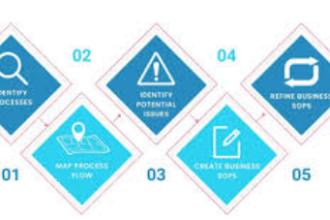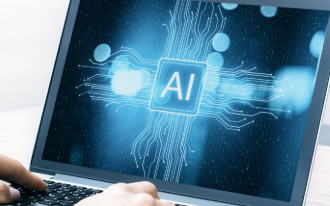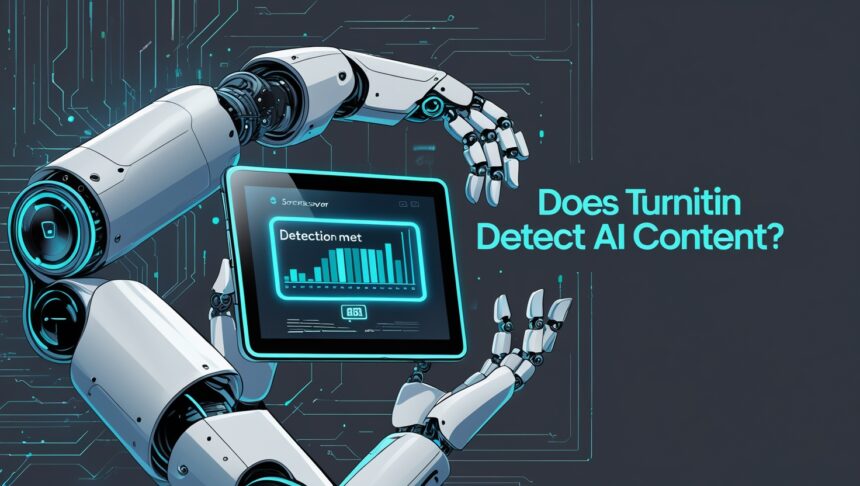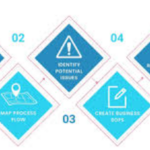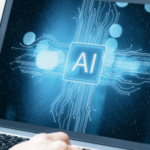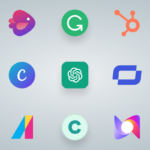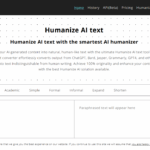In this article, I will discuss the Does Turnitin Detect AI Content, specifically whether it can identify AI-generated text.
As technologies such as ChatGPT become more common, questions around detection accuracy, risks, and ethical considerations arise for both learners and educators.
This article will explain the workings of Turnitin, its shortcomings, and the most important things students need to maintain academic honesty.
What is Turnitin?
Turnitin serves as a common academic tool for assessing cheating and academic dishonesty by ensuring originality in students’ writing. It compares submitted papers to a huge repository of scholarly writings, web pages, and past submissions to find any matches.
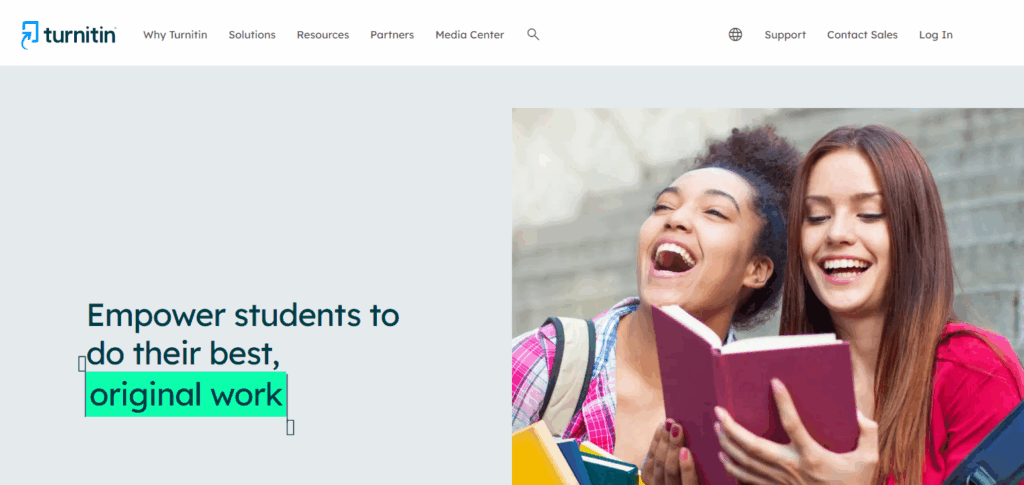
Turnitin generates a similarity report that assists educators in identifying possible plagiarism or inappropriately referenced work. More recently, Turnitin has incorporated AI detection capabilities which allow users to pinpoint content suspected to be produced by ChatGPT or other large language models.
Does Turnitin Detect AI Content
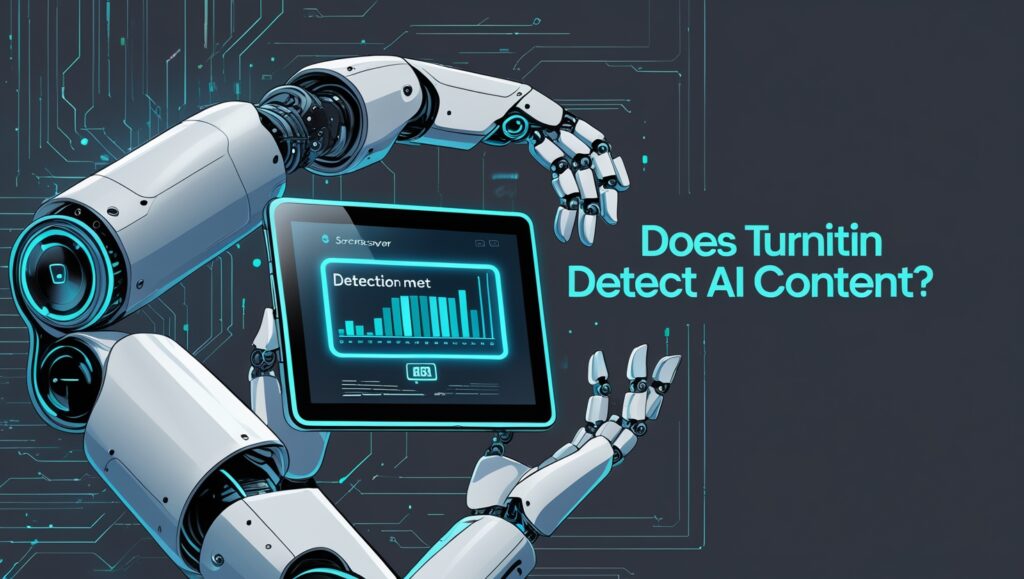
Of course, Turnitin can trace AI generated content, though it does have some restrictions. In 2023, Turnitin announced implementing an AI writing detection tool which could identify text possibly created by ChatGPT and other AI models such as GPT-3 and GPT-4.
The report which the tool generates showing the percentage of the AI content is indeed written helps form an accurate and reliable model. It checks language trends, sentence formation, and word choice’s predictability through measures like perplexity and burstiness.
But detection has its limits. In the case of Brief documents, mixed styles of writing, or edited AI texts, there can be oversights or inaccuracies. Although Turnitin predicts an accuracy of up to 98% belief in longer AI generated texts, users should approach such findings with caution. Even though it is a supportive device, Turnitin should not be solely relied upon.
How Does Turnitin AI Indicator Work
Text Analysis
Turnitin utilizes AI trained models to check the entire submission against human-made and AI-made works on file.
AI Content Percentage
The AI Indicator generates an approximate percentage of AI interaction, providing estimations for human and AI involvement e.g. “70% AI Generated”.
Segment Highlighting
The segments of interest flagged as AI-generated text are called pointers, and they are directly referring to portions of text that are highly likely to be AI-generated.
Uses Linguistic Metrics
AI and human authored text are differentiated by evaluating perplexity and burstiness, and this system is capable of doing so.
Integrated into Turnitin Reports
AI Indicators are presented in the Turnitin similarity report which provides a consolidated report of plagiarism alongside AI usage.
Not Always Definitive
As with any other piece of technology, the AI Indicator has its limitations. Inaccuracies can be found in strongly technical and shorter submissions, and thus is should be used as a secondary verification tool.
Accuracy and Limitations of Turnitin AI Detection
Accuracy Strengths
Long Form Content Consistency: Turnitin offers detection accuracy figures as high as 98% for longer essays (more than 300 words).
Effective Against GPT-3 and GPT-4: Turnitin’s systems are capable of efficiently trained on content produced with the help of popular models such as Chat GPT and other GPT-based systems.
Section Specific Highlighting: Turnitin highlights the proposed percentage of AI content for explanations. This assists instructors for streamlined reviews on top of scoring.
Integrated AI and Plagiarism Reports: Educators can assess AI-generated content in the context of plagiarism, strengthening comprehensive evaluations of the text.
Limitations and Challenges
False Positives: Structured, formal, and edited human work can be flagged as AI-generated.
False Negatives: AI-produced content that has been heavily altered or blended with personal details may remain unnoticed.
Short Submissions Poor Accuracy: Submissions of over 300 words improve accuracy, which becomes a less reliable the tool accuracy subsystem, because of lack of data.
Doesn’t Detect All AI Tools Equally: Success occurs at the highest level with GPT-based models but may overlook content from more obscure or disguised AI tools.
Over-Reliance Risk: Educators who depend too heavily on a detection score may lose track of genuine student work and misevaluate the effort put in by students.
No Public Transparency on Algorithms: Users have no recourse but to trust Turnitin claims on accuracy, as algorithms linked to detection and scoring are proprietary and thus, confidential.
Tips for Students: How to Use AI Responsibly
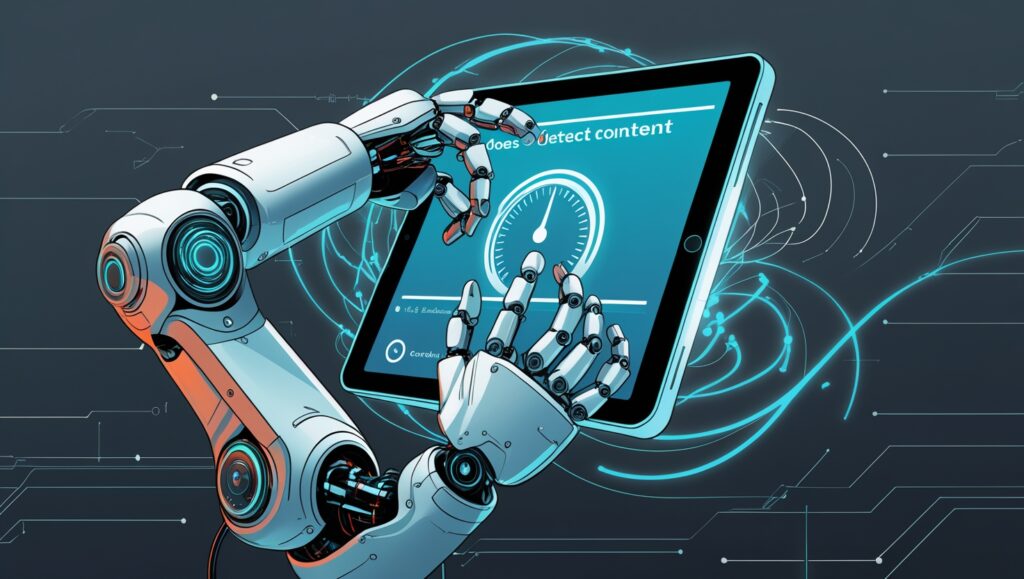
AI Should Not Write For You
AI should only be utilized in the brainstorming phase, clarifying ideas, or restructuring complicated phrases. Assigned projects should not be fully composed by AI.
Personalize Content
AI can auto-generate information which can be handy. However, to increase uniqueness and eliminate detection by software like Turnitin, personal style blending must be implemented.
AI Should Only Assist in Research
Always rely on trustworthy academic books and databases for information. Although AI can provide summaries and explanations, its most recent and accurate info is not always guaranteed.
Use Your Own Judgment
Do not blindly accept AI suggestions. Its ideas must first be tailored through your judgment, personal learning objectives, and adjusted to fit the course expectations.
AI Should Always Be Transparent
Using AI assistance must be marked accordingly so as to not violate institutional guidelines. “Assisted by ChatGPT,” for example, which allows you transparency and distance from academic dishonesty allegations.
Analyze and Redact AI Content Thoroughly
Take care to polish AI generated content to ensure that its tone aligns with the written text’s voice and it addresses the assignment appropriately. AI’s unedited output will text will often lack substance or become redundant.
Observe Your Institution’s Policies
Policies around the usage of AI are being formulated in many schools. Be aware about what is permitted and what is not, your instructor’s policies and guidelines need to be followed at all times.
Opt for AI Tools that Have Built-in Ethics
Some tools offer learning modes or disclosure features. Select those educational tools that respect ethics and offer value with regard to academic integrity and education.
Pros & Cons
| Pros | Cons |
|---|---|
| Detects AI-generated content from tools like ChatGPT | False positives may flag well-written human content |
| Provides AI-written percentage for transparency | Less accurate for short or highly edited submissions |
| Highlights suspected AI text segments | Does not cover all AI writing tools or models equally |
| Helps maintain academic integrity | Can’t definitively prove authorship—needs human judgment |
| Integrated with plagiarism reports for efficiency | Limited transparency on how detection algorithms work |
| Continuously updated with new AI model data | Can create confusion if institutions lack clear AI policies |
Conclusion
Indeed, Turnitin is capable of detecting AI-generated content, particularly with long-form and unedited texts. Its AI content detection feature thoroughly evaluates language, sentence construction, and the overall predictability of the text to identify content authored through AI tools such as ChatGPT. Like any other system, it has its limitations.
Short, edited content tends to camouflage well, leading to undetected AI authorship or incorrectly attributing human authorship, resulting in missed detections or false positives. Turnitin, when used in the right context, offers substantial benefit to educators.
Relying solely on it, however, negates the importance of critical thinking and evaluation. For students, exercising control in harnessing the potential of AI, coupled with original and ethical reflection, upholds stronger academic values.
FAQ
Can Turnitin detect AI-generated content like ChatGPT?
Yes, Turnitin has an AI detection tool that can identify content generated by AI tools like ChatGPT, GPT-3, and GPT-4. It provides a report with an estimated percentage of AI-written text.
How accurate is Turnitin’s AI detection?
Turnitin claims up to 98% accuracy for long-form AI-generated content. However, it may be less accurate with short, mixed, or heavily edited submissions.
Does Turnitin show which parts are AI-generated?
Yes, the AI writing indicator highlights specific portions of the text suspected to be AI-written, helping educators review flagged content more easily.


